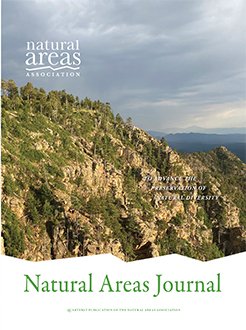Common buckthorn (Rhamnus cathartica L.) and glossy buckthorn (Frangula alnus Mill.) are considered invasive plants in North America, capable of displacing native vegetation. Their invasion often results in decreased biodiversity and weakened ecosystem resilience. Therefore, their removal is important for forest restoration. Invasive buckthorns are often managed using chemical herbicides and manual removal. We sought to determine the efficacy of Chondrostereum purpureum (a naturally occurring basidiomycete in North America) as a biocontrol agent for the treatment of invasive buckthorns in Upper Michigan, USA. We compared application treatments of C. purpureum and glyphosate to cut stump and girdled R. cathartica and F. alnus stems, to gain a better understanding of each treatment's relative impact on buckthorn regrowth in forested ecosystems of the Keweenaw Peninsula. We girdled or cut 300 buckthorn trees and applied either C. purpureum, glyphosate, or no treatment (control). One year after treatment applications, apparent tree mortality (i.e., zero stump sprouts) as proportion of total number of trees per treatment was highest for the glyphosate cut (94%) and girdle (81%) treatments and lowest for the controls (cut = 11% and girdle = 8%). Apparent mortality for C. purpureum treatments was 51% for cut surface and 67% for girdle applications. The C. purpureum treatments significantly reduced buckthorn stump sprouting compared with control treatments in just one growing season (P < 0.001) and showed statistically comparable stump sprout reduction with that of glyphosate treatments. Glyphosate applied to girdled stems showed similar success in reducing stump sprouts as C. purpureum applied to cut trees and to girdled trees (P ≥ 0.238). Additionally, we found that percent canopy cover was significantly related to treatment success (P = 0.013), but that the influence of percent canopy varied among treatments. These findings suggest that C. purpureum application to buckthorn trees could provide land managers with an effective alternative or complement to traditional control techniques.
How to translate text using browser tools
26 March 2024
Assessing the Utility of a Native Pathogenic Fungus as a Biocontrol Alternative to Herbicide on Invasive Buckthorns in Forests of Upper Michigan
Lindsey F. Dolinski,
Tara L. Bal,
Christopher R. Webster,
Sigrid C. Resh
ACCESS THE FULL ARTICLE

Natural Areas Journal
Vol. 44 • No. 2
April 2024
Vol. 44 • No. 2
April 2024




